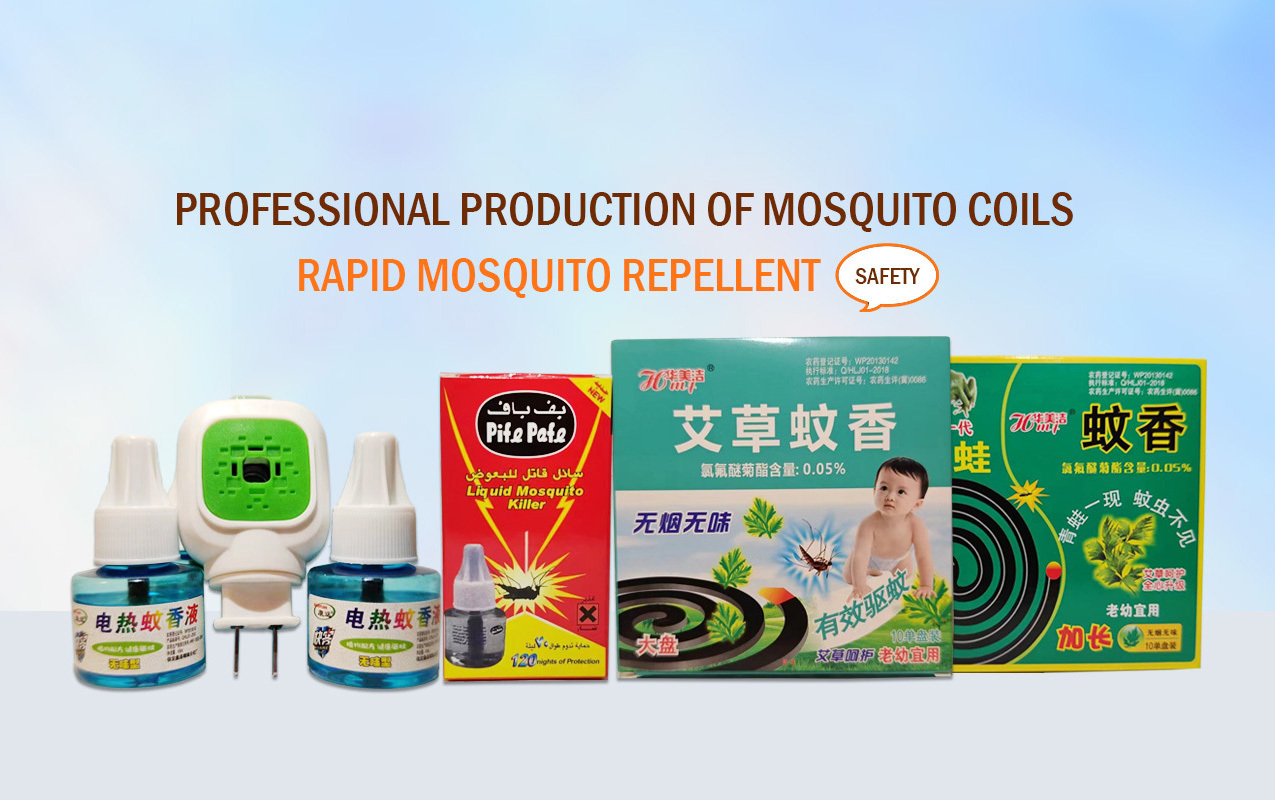Top Tips for Applying Fogging Insecticide Against Mosquitoes: An Expert Guide
2025-05-08

Top Tips for Applying Fogging Insecticide Against Mosquitoes
Introduction to Fogging Insecticides
In recent years, the threat of mosquito-borne diseases has increasingly alarmed communities worldwide. With diseases like Zika, dengue fever, and West Nile virus making headlines, effective mosquito control has become a public health priority. One of the most effective approaches for controlling mosquito populations is through the **application of fogging insecticides**. This article aims to provide comprehensive tips for applying fogging insecticide effectively, ensuring that you create a healthier, mosquito-free environment.
Understanding Fogging Insecticides
What Are Fogging Insecticides?
Fogging insecticides are specially formulated sprays that disperse insecticidal particles into the air, creating a fog that can cover large areas quickly. They are primarily used to combat flying pests, particularly mosquitoes, by targeting them in various life stages, from larvae to adult insects.
Types of Fogging Insecticides
There are two main categories of fogging insecticides:
- Thermal Fogging Insecticides: These require heat to vaporize the insecticide, creating a dense fog that penetrates vegetation and other hiding spots.
- Cold Fogging Insecticides: These use a mechanical process to produce fog at lower temperatures, making them suitable for residential areas and sensitive environments.
Preparing for Fogging
Choosing the Right Insecticide
Selecting the appropriate fogging insecticide is crucial. Consider factors such as the target mosquito species, the area size, and any environmental concerns. Always opt for products that are approved by local regulatory agencies.
Timing Your Application
The time of day significantly impacts the effectiveness of fogging. Early morning and late evening are typically the best times to apply fogging insecticide, as mosquitoes are most active during these hours. Additionally, applying before rain is ideal, as it can wash the insecticide away, reducing its effectiveness.
Weather Conditions and Their Impact
Wind speed and humidity can either enhance or hinder the fogging process. A light breeze (less than 10 mph) can help disperse the insecticide more evenly, while high winds can carry the fog away from the intended area. Aim for calm, humid evenings when planning your fogging applications.
Application Techniques for Effective Fogging
Preparation of Equipment
Before beginning the fogging process, ensure all equipment is clean and in good working condition. Inspect the fogging machine for any damage or malfunction. Calibration is key; improper settings can lead to inadequate coverage or waste of product.
Proper Personal Protective Equipment (PPE)
Safety should always be a priority when applying insecticides. Wear appropriate PPE, including gloves, goggles, and a mask, to minimize exposure to the chemicals. Ensure that pets and children are kept away from the fogging area during and after application.
Techniques for Effective Fog Distribution
When applying the fog, maintain a consistent walking speed and keep the fogging nozzle at the correct height, typically between 4 to 6 feet above ground level. Use a sweeping motion to achieve uniform coverage. Be mindful of areas where mosquitoes are likely to rest, such as vegetation, standing water, and shaded spots.
Post-Fogging Procedures
Monitoring Effectiveness
After fogging, observe the treated area for any signs of mosquito activity. Follow up with additional applications as needed. Keep track of the effectiveness of your fogging treatments to adjust your strategy accordingly.
Post-Application Safety Measures
Once fogging is completed, ensure the area is safe for re-entry. It is generally recommended to wait at least 30 minutes before allowing people and pets back into treated areas. Ventilation can help dissipate any lingering insecticide particles.
Environmental Considerations
Impact on Non-Target Species
While targeting mosquito populations, it’s essential to consider the potential impact on non-target species such as beneficial insects, bees, and other wildlife. Select insecticides that are specifically designed to minimize harm to these populations.
Best Practices for Sustainable Mosquito Control
In conjunction with fogging, implement other mosquito control methods, such as eliminating standing water and maintaining vegetation. This holistic approach ensures a more sustainable and effective mosquito management strategy.
FAQs About Fogging Insecticides
1. How often should I apply fogging insecticide?
Application frequency can vary based on mosquito populations and environmental conditions. Generally, fogging every 7-14 days during peak mosquito season is recommended.
2. Is fogging insecticide safe for pets?
While most fogging insecticides are safe for pets after drying, it’s best to keep them away from treated areas during application and for at least 30 minutes afterward.
3. How long does fogging insecticide last in the environment?
The residual effects of fogging insecticides can last anywhere from a few hours to several days, depending on the product used and environmental conditions.
4. Can fogging insecticides be used indoors?
Most fogging insecticides are designed for outdoor use due to their potency and potential to harm indoor air quality. Always check product labels for specific instructions.
5. What should I do if I experience side effects from fogging insecticide?
If you experience any adverse reactions, such as respiratory issues or skin irritation, seek fresh air immediately and consult a medical professional if symptoms persist.
Conclusion
Applying fogging insecticide against mosquitoes requires careful planning, execution, and monitoring. By understanding the types of insecticides available, preparing effectively, and following best practices, you can significantly reduce mosquito populations in your area. Remember to prioritize safety for both yourself and the environment as you implement these strategies. With the right approach, you can enjoy your outdoor spaces without the nuisance of mosquitoes, ultimately contributing to public health and comfort in your community.
Recommend News
Contact Us
Leave Us A Message


